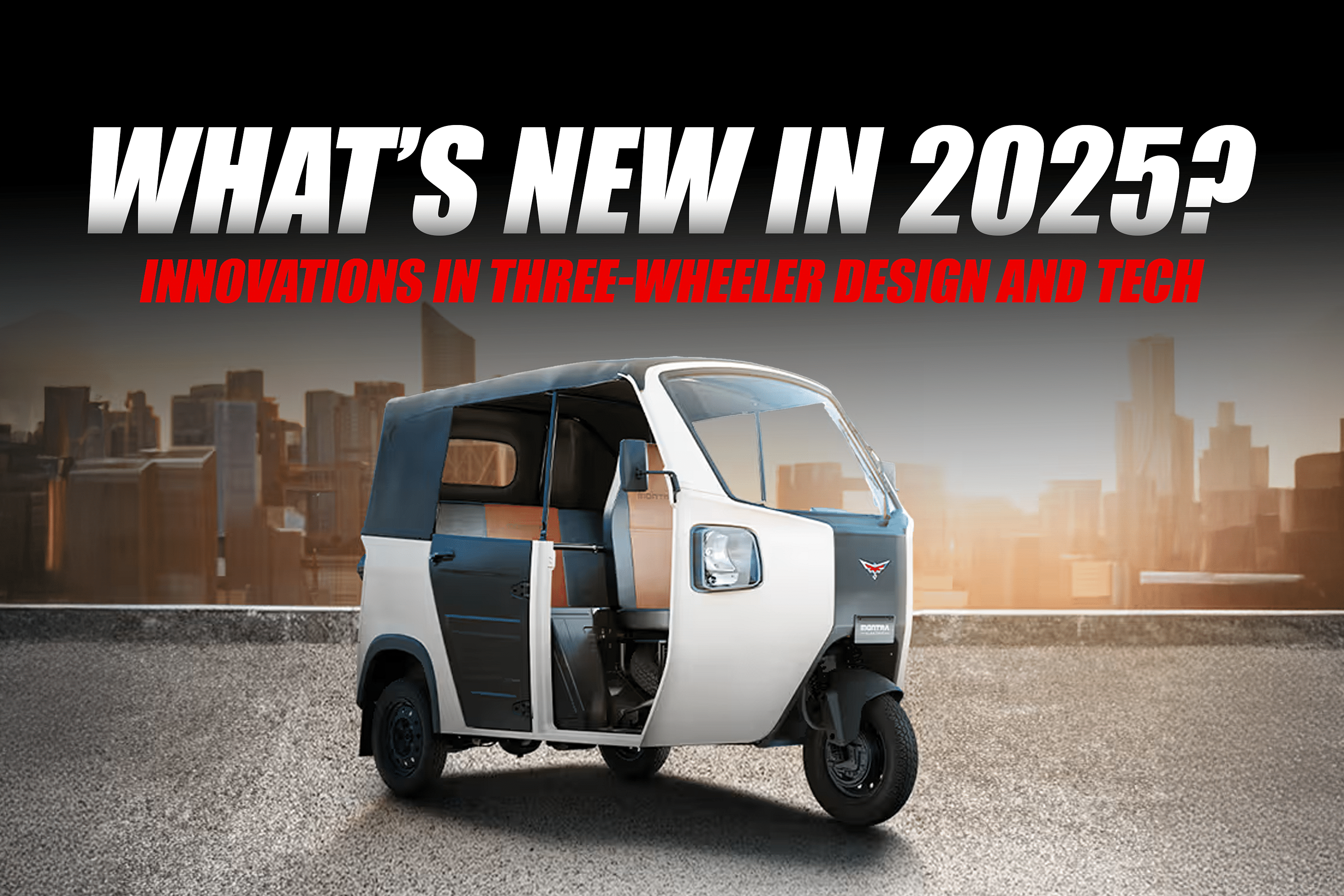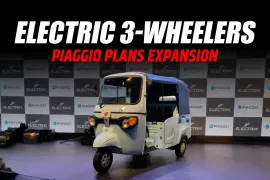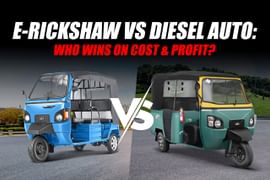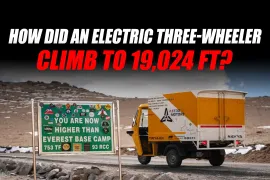The three-wheeler market in India, especially the commercial vehicle component, is changing quickly in 2025. Manufacturers are coming up with new ways to make three-wheelers work, look, and perform because there is a growing need for affordable transportation and a growing desire for environmentally friendly options. This transformation, which is happening because of both user wants and changes in the law, is changing what a 3-wheeler commercial vehicle can do today.
Chassis that are lighter and stronger
Now, manufacturers are making chassis out of composite materials that are lighter but better at handling stress. This makes the vehicle lighter, improves fuel economy, and makes the payload work better. E-rickshaw manufacturers profit the most since lighter bodies make batteries last longer without losing strength.
Electric drivetrain gets more powerNext-generation lithium iron phosphate batteries are being used to power electric three-wheelers. These batteries are safer, last longer, and charge faster. Motors are now more efficient, with improved torque-to-weight ratios that make acceleration smoother, even when the load is full.
Regenerative braking is no longer just for vehicles; it's now built into current electric three-wheelers, which gives them almost 15% more range.
Connected Features in Your Daily Commute
Smart connectivity is built into 2025 vehicles. Fleet owners may use GPS, real-time diagnostics, and mobile synchronization to keep an eye on vehicle health, track routes, and cut down on downtime. Bluetooth-enabled dashboards, computerized fare meters, and voice alarms make it safer for passengers and easier for drivers to go to work. These features used to be extras, but now they're standard on all commercial e-rickshaws.
Modular Cabin Designs
Cabins are no longer just simple places to stay. Rickshaws today have modular seats, cargo bins that can be taken off, and panels that are weatherproof. There is a system that works for any use case, from delivering goods in cities to moving people in the country.
Now, manufacturers offer custom-built rickshaw cabins, which makes it easy for enterprises to change their fleets to meet seasonal or geographic needs.
Better Safety
The three-wheelers that will be made in 2025 will be quite similar to the new Bharat NCAP safety criteria. Now, things like automatic headlights, battery enclosures that don't catch fire, and computerized speed governors are standard.
Also, emergency cutoff switches and driver tiredness alarms are making things safer for both riders and drivers. This is especially true for long-haul cargo operators who use electric commercial three-wheelers.
Prices for Three-Wheelers in 2025
Even though technology has improved, pricing are still competitive. Prices for petrol rickshaws range from ₹1.8 lakh to ₹2.6 lakh. Prices for electric rickshaws start at ₹1.5 lakh and go up to ₹3 lakh, depending on the type of battery, the range, and the load capacity. FAME-II incentives and governmental subsidies make electric rickshaws more appealing, especially to people who run a small fleet or are buying one for the first time.
Conclusion
In 2025, the three-wheeler business is no longer only about how cheap they are. It's about smart connectivity, user-centered design, and sustainability. These new technologies make your daily journey smarter, safer, and cheaper, whether you drive a fleet of commercial vehicles or just one e-rickshaw.
As technology gets better, the distinction between a simple rickshaw and a high-tech commercial vehicle will get less clear. In this changing economy, being up to date gives you an advantage.
91Trucks is the place to go for all things commercial vehicles. If you need a new or used truck for your business, check it out. We have everything you need, from detailed reviews and exact specs to the best deals that fit your business needs. Stay up to date on the latest news, analysis, and stories from the business.
Follow us on Facebook, Instagram, and LinkedIn, and subscribe to our YouTube channel to get the latest news and videos from experts!










